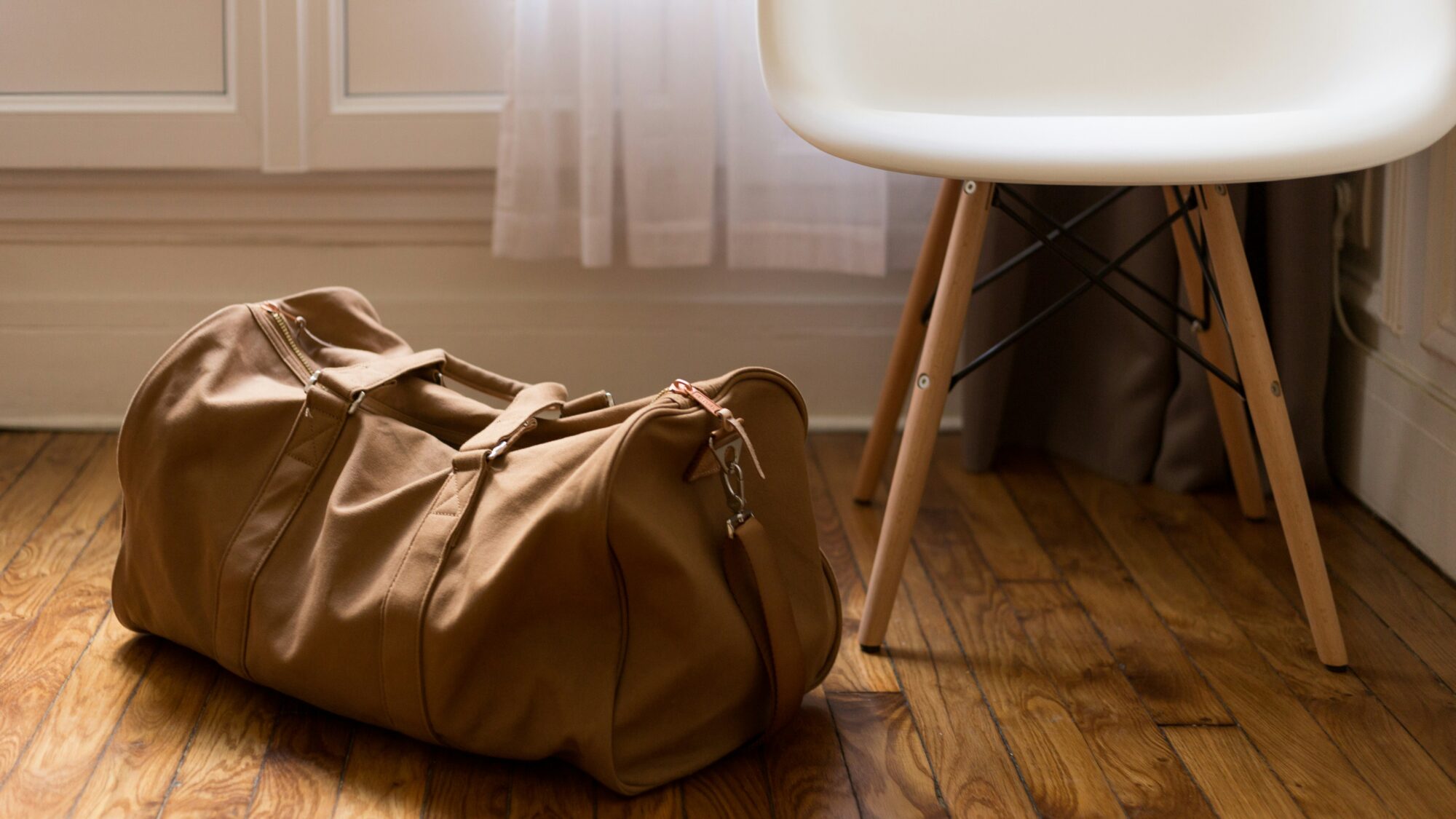It’s wildfire season in Alberta—and it began even earlier with unseasonably dry and hot summers—so you should be ready for any situation. Prepared emergency kits and go-bags are a great way to know you have your basics covered if you ever find yourself in an evacuation or high-risk area. Not sure how to put one together and the other details? AMA’s got you covered.
Keep it in the car
Keeping an emergency kit in the car is an excellent idea if you have to take off quickly. It also comes in handy if you find yourself stuck on the side of the road or in another roadside emergency.
Essentials to have in your kit:
Water. Whether in individual bottles or a larger 4-litre jug, water is a must to keep in the car. Pack a little extra H20 during the summer months or if you’re going on a more extended road trip, just in case.
Food. Granola bars, trail mix or other non-perishable and relatively long-lasting foods work well in emergency kits as they’re easy to store and don’t go bad quickly. Plus, they’re kid-friendly and can hold you over in a pinch.
Matches. Fire is an essential survival tool, and matches are a versatile fire-starter, whether you need to light a candle or flare. Just be sure to safely put out any matches or flames, for example, a roadside flare.
Space blanket. Despite their packable size and space-like appearance, these blankets are incredibly warm and will keep you from shivering.
First Aid kit. It’s a good idea to always have a first aid kit in your vehicle, and you’ll be extra thankful it’s there in times of emergency—it’s full of resources that can be used in times of need.
Are you not up to making a kit yourself? No worries—AMA sells emergency roadside kits at its centres for $139.99 for members ($159.99 for non-members). For tips on putting together a first aid kit, visit this link.
Wildfire Evacuation Go-Bag
Wildfires are unpredictable; you never know if one will pop and spread in your area. That’s why it’s never a bad idea to have a bag ready to go with your essentials if you find your home on an evacuation list.
A duffel bag or small suitcase will work for your evacuation go-bag. Pack up a couple changes of clothes, including a jacket and some warmer layers, even though it’s summer—just in case.
Toiletries. Toss a toothbrush, toothpaste, baby wipes, and a toilet paper roll into your bag.
Medication. If you take any prescription medication, add a week’s worth to your go-bag so that you have enough to cover you until you can get to a pharmacy or clinic (or after an evacuation ban is lifted).
Essential documents. Have a copy of essential documents, like birth certificates, passports, insurance papers and family photo albums. If you don’t have copies, have a list of where everything is stored so you can easily access them as you prepare to leave.
Entertainment. It may seem silly to have some form of entertainment during an emergency, but you’ll be thankful for packing a book, a deck of cards and something for the kids when things calm down.
